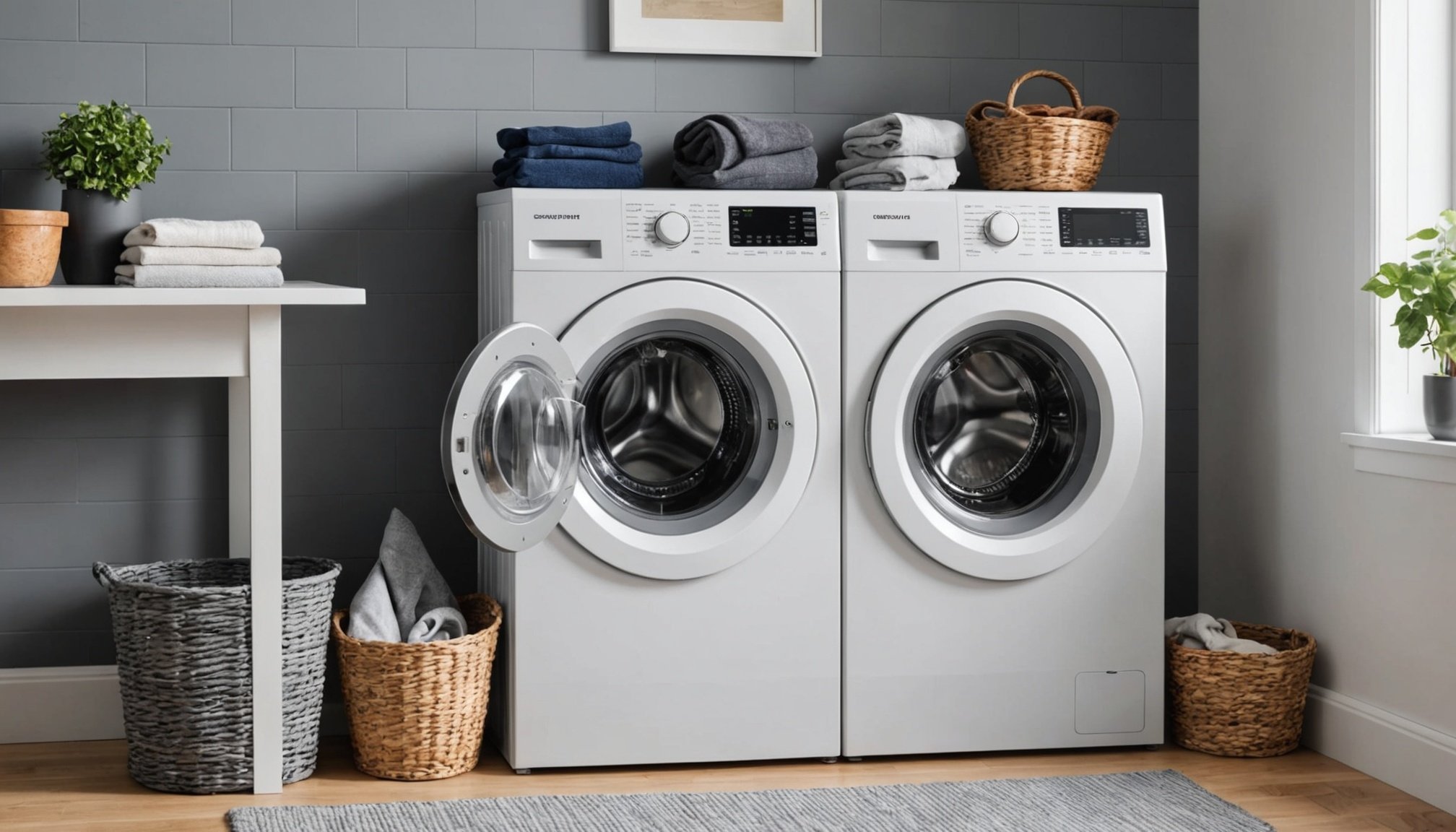In an age where home appliances have become essential, a noisy washing machine can swiftly turn a peaceful laundry day into a cacophonous disturbance. A symphony of clunks, rattles, and hums emanating from washing machines during their spin cycles can be unsettling and downright annoying. With the increasing prevalence of open-concept homes, where living spaces are interconnected, the need to reduce noise from these machines becomes even more pressing. This comprehensive guide will walk you through understanding the common causes of loud spin cycles and provide actionable solutions to help you regain serenity in your home. Whether you’re a seasoned DIY enthusiast or just beginning your journey into appliance repair, this article will equip you with the knowledge needed to tackle the noise from your washer’s spinning drum.
Understanding the Source of Noise
When your washing machine emits an unexpected sound during the spin cycle, the first step is identifying its source. Various components can contribute to this annoying orchestra:
This might interest you : What types of kitchen gadgets can help streamline meal preparation?
- Drum and Tub: The drum, where the laundry sits, moves at high speeds during the spin cycle. Any imbalance in load can lead to increased noise.
- Belt Issues: A worn-out or loose belt affects the drum’s movement, adding to the tumult.
- Leveling Concerns: If the machine is not perfectly balanced, it can wobble, amplifying the sound.
Causes of Drum Noise During Spin Cycle
An uneven load can create a racket. When clothes bunch together, the drum may spin off-balance, causing a loud banging noise. To mitigate this:
- Even Distribution: Ensure clothes are evenly distributed within the drum.
- Load Size: Avoid overloading as well as underloading. Balanced loads ensure smooth spinning.
Belt Problems
The belt connects the drum to the motor, enabling washing motions. Over time, this component can wear out or become loose. If you hear a screeching sound:
Also to discover : What features make a good food processor for home cooking?
- Check the Belt: Inspect for signs of wear. Replacing a worn belt can notably reduce noise.
Leveling
An uneven floor or poorly adjusted machine legs can cause vibrations. To check:
- Balance the Machine: Use a spirit level to ensure all four corners sit firmly on the ground.
Solutions to Minimize Washer Noise
After identifying the source, applying targeted solutions will help dampen the noise from your washer’s spin cycles. Here are practical strategies:
Load Adjustments
To combat drum imbalances, consider these adjustments:
- Regularly Rotate Loads: Ensure frequent rotation of delicate and bulky items.
- Using a Liquid Detergent: This helps reduce friction, leading to a quieter spin cycle.
Belt Replacement or Adjustment
A malfunctioning belt is a common noise culprit. To address this:
- DIY Belt Replacement Guide: Ensure the machine is unplugged before starting. Remove the back panel, identify the belt, and replace it with a compatible model.
- Professional Service: If unsure, engaging professional service is always a safe bet.
Leveling and Vibration Pads
Correct leveling is paramount for a noise-free spin cycle:
- Adjusting Feet: Twist the adjustable feet until the machine is stable.
- Anti-Vibration Pads: Place these pads under the feet to absorb and reduce vibrations effectively.
Maintenance Tips for a Quieter Washing Machine
Preventive measures are vital in keeping your machine whisper-quiet during operation. Regular maintenance not only extends the lifespan of your washer but also ensures optimal performance.
Regular Inspection
Frequent checks can preempt most noise issues:
- Inspect for Wear and Tear: Regularly check belts, hoses, and connections for signs of wear.
- Clean the Drum and Tub: Residue can cause noise. Periodic cleaning helps maintain a quiet operation.
Scheduled Servicing
Engaging a professional for routine service can catch potential issues early:
- Annual Professional Check-up: This ensures components are functioning correctly and prevents unforeseen noises.
Environmental Factors
Consider factors outside the machine that might amplify sound:
- Room Acoustics: A carpet or curtain can dampen noise levels in the laundry room.
- Placement: Ensure the machine is placed away from walls to prevent echoes.
Implementing these precautions can significantly reduce noise and lead to a more pleasant laundry experience.
In the quest for peace within your home, understanding and addressing the noise from your washing machine is paramount. By recognizing potential sources of sound, applying practical solutions, and maintaining regular check-ups, you can greatly reduce disturbances during spin cycles. Whether through balancing loads, replacing belts, or seeking professional guidance, your journey to a quieter laundry room starts with informed action. Remember, a well-maintained washing machine not only ensures quiet operation but also enhances the overall efficiency of your household chores, making every wash cycle a calm and undisturbed experience.











